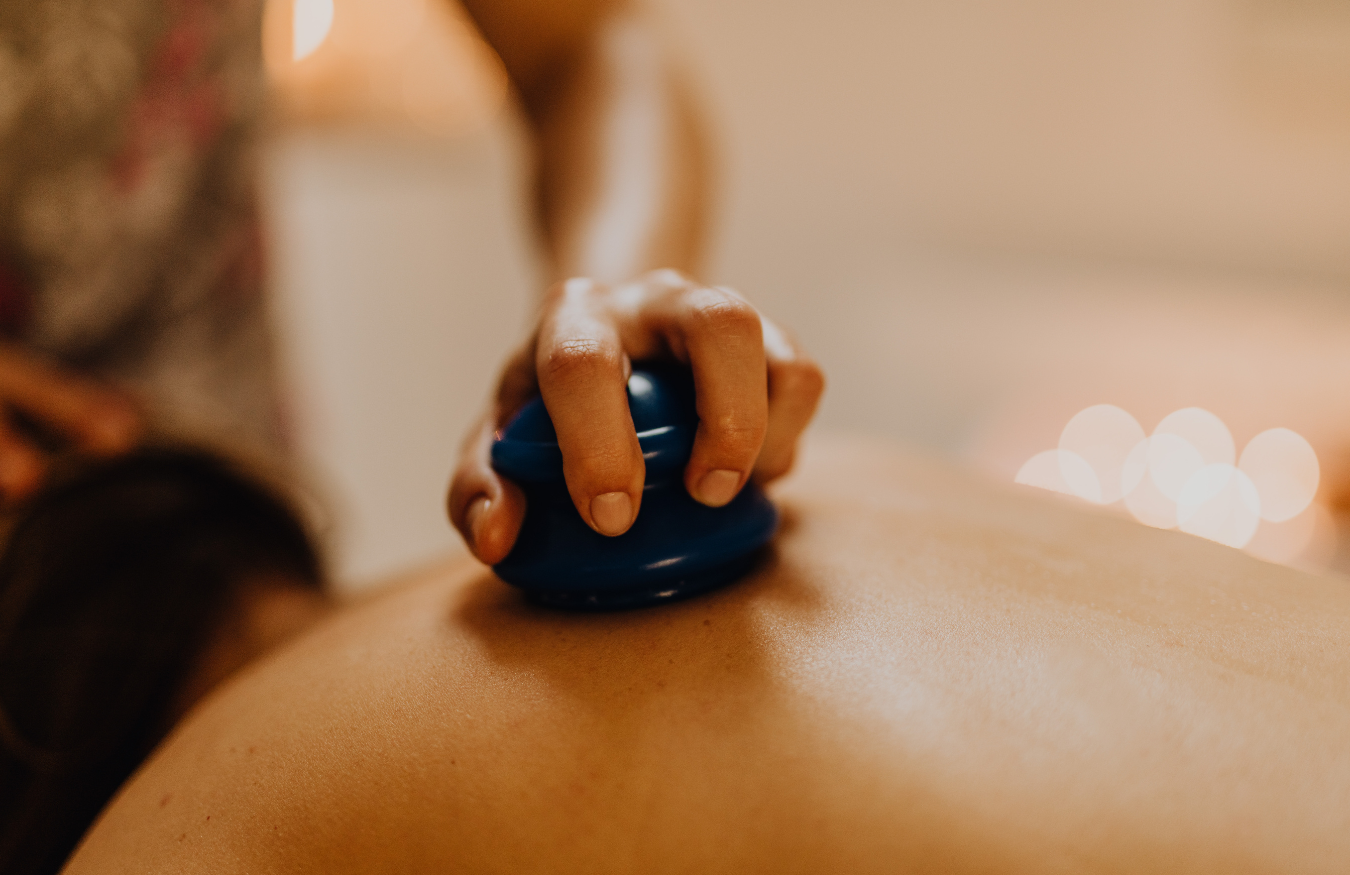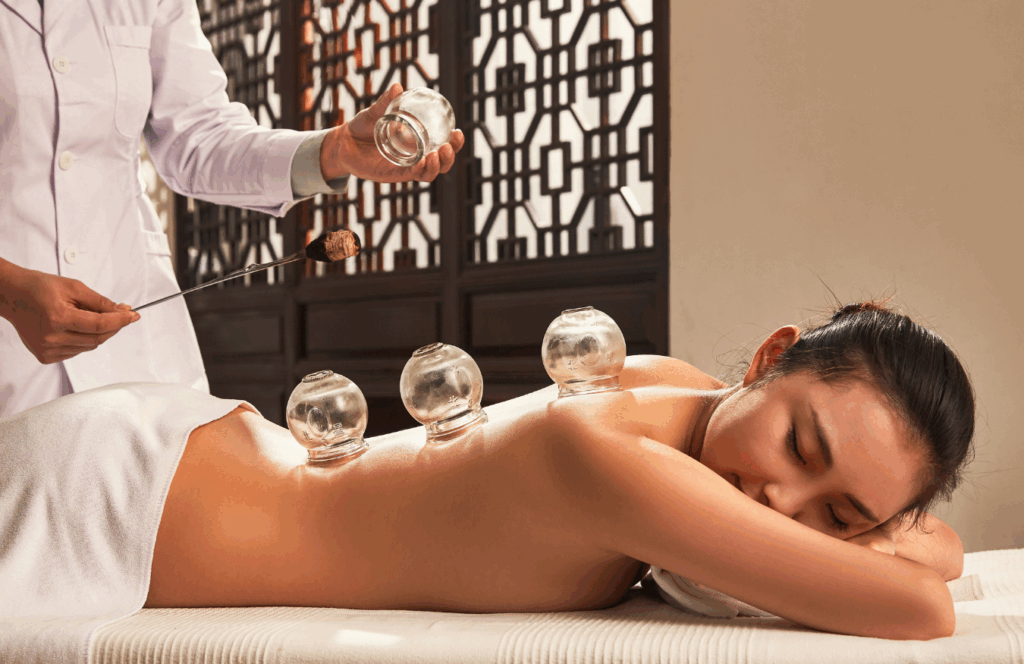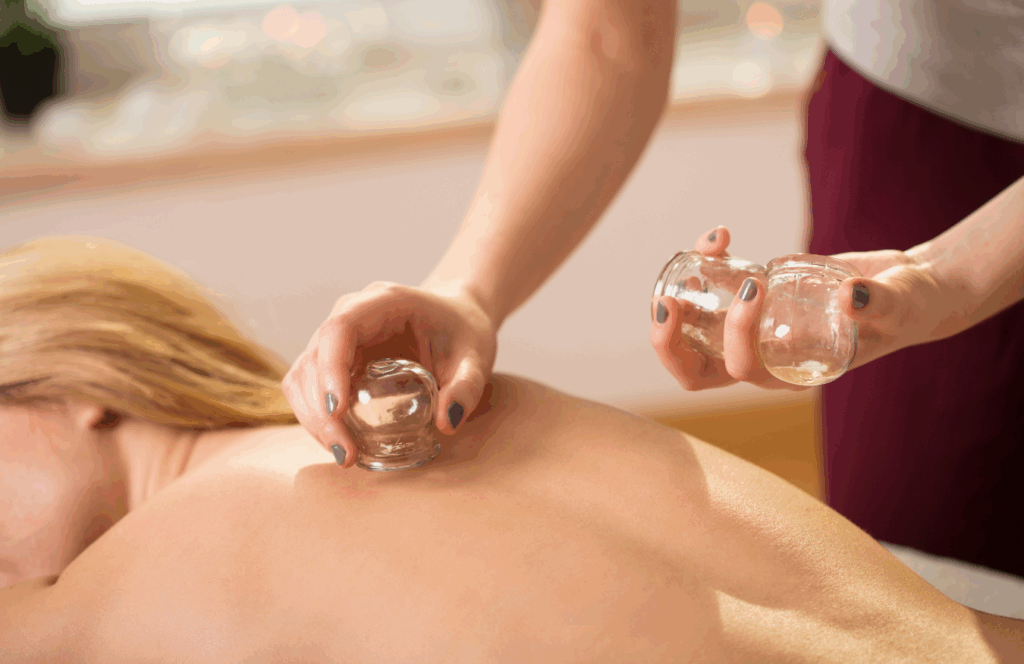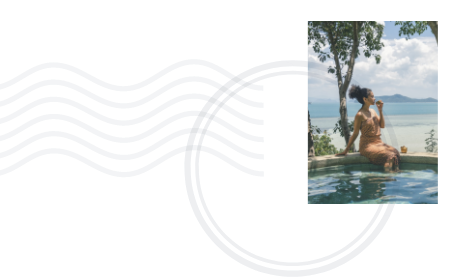Once known mainly for the distinctive round marks seen on Olympic swimmers and Hollywood celebrities, cupping therapy has stepped out of its mysterious past and into the spotlight of mainstream wellness. T
his ancient practice, rooted in Traditional Chinese Medicine (TCM), is now a popular treatment offered in spas, massage clinics, and integrative health centres around the world.
But what exactly is cupping therapy, and why are people turning to it for stress relief, circulation, and recovery?
What Is Cupping Therapy?
Cupping therapy involves placing specially designed cups (traditionally glass or bamboo, and today often silicone or plastic) on the skin to create suction. This suction draws the skin and underlying tissues gently upward, increasing blood flow to the area and supporting the body’s natural healing processes.
Originating in China more than 2,000 years ago, cupping has long been used to ease pain, balance energy, and restore harmony in the body. Over time, variations of the therapy have also been found in Middle Eastern and Eastern European cultures.
Traditional Roots, Modern Revival
In TCM, cupping was believed to help “unblock stagnation,” allowing qi (energy) and blood to flow freely through the body. Today, this idea aligns with our modern understanding of circulation, lymphatic drainage, and the nervous system.
From elite athletes seeking faster recovery to stressed professionals searching for natural relaxation, cupping has become a sought-after treatment in spas. Its appeal lies in being non-invasive, deeply relaxing, and complementary to other therapies like massage and acupuncture.
Cupping Therapy Benefits
Scientific research is beginning to support what ancient practitioners have known for centuries. Some of the most recognised cupping therapy benefits include:
-
Stress Relief & Relaxation – The gentle suction stimulates the parasympathetic nervous system (the “rest and digest” state), helping to calm stress and anxiety.
-
Improved Circulation – Increased blood flow brings oxygen and nutrients to muscles and tissues, aiding recovery.
-
Pain & Tension Reduction – Especially effective for tight shoulders, stiff backs, and sore necks.
-
Detoxification Support – By stimulating lymphatic drainage, cupping may help clear metabolic waste.
-
Sports Recovery – Favoured by athletes to reduce soreness and improve performance.
A review published in PLOS ONE found cupping effective for musculoskeletal pain, while the Journal of Traditional and Complementary Medicine notes its benefits for stress-related conditions.
Static vs. Moving Cupping: Two Approaches, Different Effects
Not all cupping looks the same. In modern spa and massage settings, therapists may use two main techniques:
Static Cupping
-
Cups are left in one position on the body, typically for 5–15 minutes.
-
Creates strong, targeted suction in a localised area.
-
Helps to release deep muscle knots, break up stagnation, and increase blood flow where the body needs it most.
-
This is often where the iconic circular marks appear (they are not bruises, but simply a sign of blood being drawn to the surface).
Moving (or Massage) Cupping
-
Cups are placed on the skin with lighter suction and gently moved around, often with oil to allow smooth gliding.
-
Provides a “reverse massage” effect: instead of pressing down, the skin and fascia are lifted.
-
Encourages lymphatic flow, eases muscle tightness more broadly, and gives a relaxing, wave-like sensation.
-
Often described as deeply soothing, making it a favourite in spa settings for stress relief.
By combining both methods, therapists can tailor the treatment – using static cupping for deep tension points and moving cupping for overall relaxation and fluid movement.
What to Expect in a Spa Cupping Session
-
A typical session lasts 30–60 minutes.
-
You may feel a pulling or warming sensation, but it should not be painful.
-
Marks (pink, red, or purple) are common with static cupping and usually fade within a few days.
-
Many spas integrate cupping with massage or acupuncture, creating a holistic ritual for body and mind.
Is Cupping Right for You?
Cupping is safe for most people but may not be suitable if you are pregnant, have bleeding disorders, or have skin conditions. Always check with a qualified therapist.
When combined with mindful self-care and other holistic therapies, cupping can be a powerful tool for reducing stress and restoring balance.
With roots stretching back thousands of years and a growing body of modern research, cupping therapy is more than a passing wellness trend. Whether used in a spa as part of a massage ritual or as a standalone treatment, its benefits make it an accessible way to support both physical and emotional wellbeing.
If you’re curious about trying it for yourself, explore our directory to find a day spa or wellness centre that offers cupping so you can experience the healing pull of this ancient practice.
Discover more wellness blog posts HERE






